Research Research Highlights
Research Highlights
Research Highlights
Research Highlights
Research Highlights 미리보기
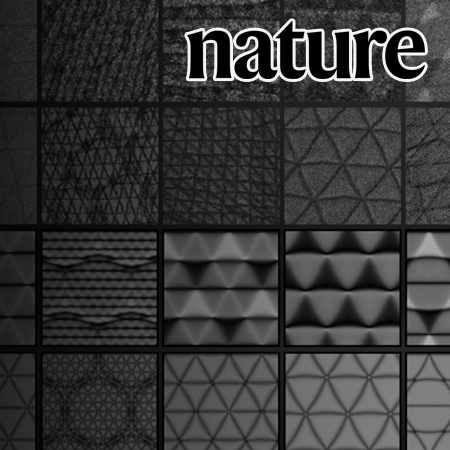
Professor Hyobin Yoo’s Research Team at SNU Develops 2D Quantum Material Platform Using Moiré Lattice Superposition
Prof. Hyobin Yoo
Seoul National University College of Engineering has announced that a joint research team led by Professor Hyobin Yoo from the Department of Materials Science and Engineering, in collaboration with Professor Young-Woo Son (Korea Institute for Advanced Study) and Professor Changwon Park (Ewha Womans University), has successfully developed a two-dimensional (2D) quantum material platform through the superposition of moiré lattices.
Research Highlights Board
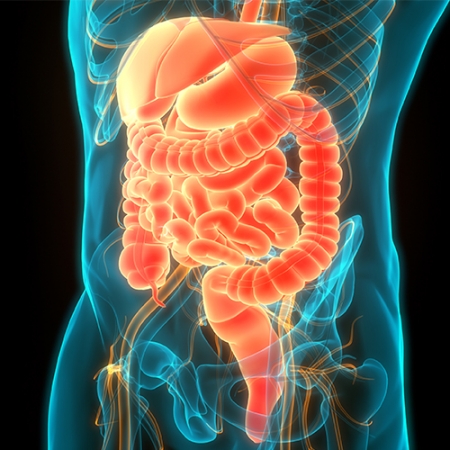
Emotional well-being and gut microbiome profiles by enterotype
Prof. Jongsik Chun & Incheol Choi
With increasing attention being paid to improving emotional well-being, recent evidence points to gut microbiota as a key player in regulating mental and physical health via bidirectional communication between the brain and gut.
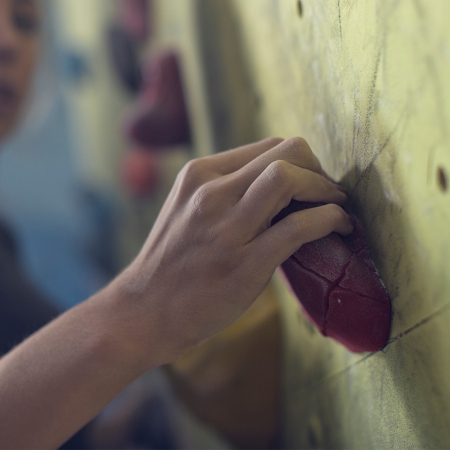
Fingerprint ridges allow primates to regulate grip
Prof. Gun-Sik Park
Here, we found that fingerprints were at the origin of a moisture-regulating mechanism.
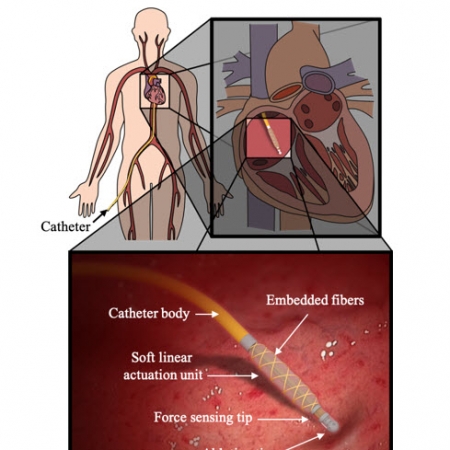
Soft Miniaturized Actuation and Sensing Units for Dynamic Force Control of Cardiac Ablation Catheters
Prof. Yong-Lae Park
Recently, there has been active research in finding robotized solutions for the treatment of atrial fibrillation (AF) by augmenting catheter systems through the integration of force sensors at the tip.
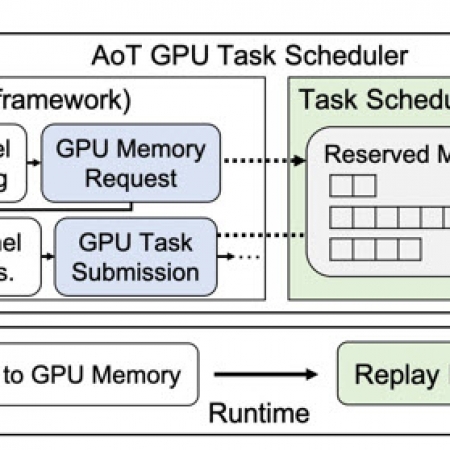
Permselective metal–organic framework gel membrane enables long-life cycling of rechargeable organic batteries
Prof. Kisuk Kang
Rechargeable organic batteries show great potential as a low-cost, sustainable and mass-producible alternatives to current transition-metal-based cells
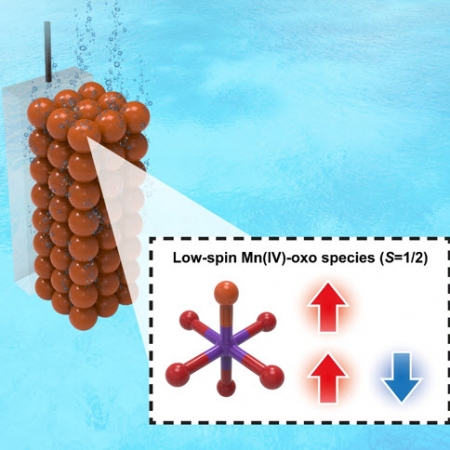
Spectroscopic capture of a low-spin Mn(IV)-oxo species in Ni–Mn3O4 nanoparticles during water oxidation catalysis
Prof. Ki Tae Nam
High-valent metal-oxo moieties have been implicated as key intermediates preceding various oxidation processes.

Identification of water-infiltration-induced electrical energy generation by ionovoltaic effect in porous CuO nanowire films
Prof. Youn Sang Kim
We verified the origin of water-infiltration-induced electricity generation by an ionovoltaic effect, specifically, ion–surface interaction induced potential asymmetry in porous structures. When 20 μl of water (NaCl, 0.1 M) infiltrates into a porous CuO nanowire film, electrical power of ∼0.45 V and ∼0.23 μA is produce...

A system-level approach identifies HIF-2α as a critical regulator of chondrosarcoma progression
Prof. Jin-Hong Kim
Chondrosarcomas, malignant cartilaginous neoplasms, are capable of transitioning to highly aggressive, metastatic, and treatment-refractory states, resulting in significant patient mortality.
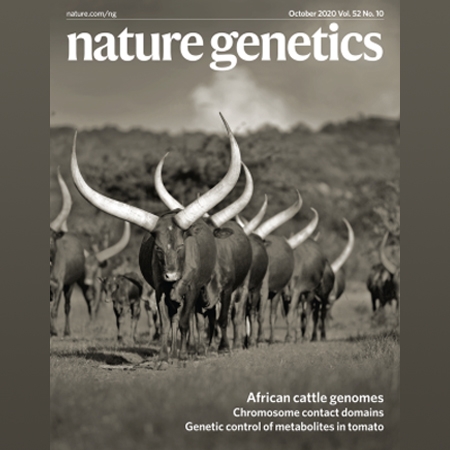
The mosaic genome of indigenous African cattle as a unique genetic resource for African pastoralism
Prof. Heebal Kim
Cattle pastoralism plays a central role in human livelihood in Africa. However, the genetic history of its success remains unknown.
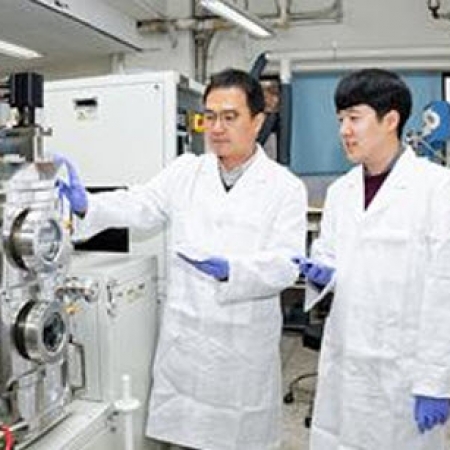
Multioperation‐Mode Light‐Emitting Field‐Effect Transistors Based on van der Waals Heterostructure
Prof. Gwan‐Hyoung Lee
2D semiconductors have shown great potential for application to electrically tunable optoelectronics.
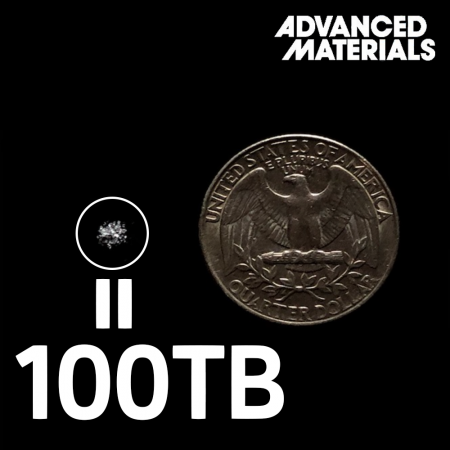
DNA Micro‐Disks for the Management of DNA‐Based Data Storage with Index and Write‐Once–Read‐Many (WORM) Memory Features
Prof. Sunghoon Kwon
DNA‐based data storage has attracted attention because of its higher physical density of the data and longer retention time than those of conventional digital data storage. However, previous DNA‐based data storage lacked index features and the data quality of storage after a single access was not preserved, obstructing...
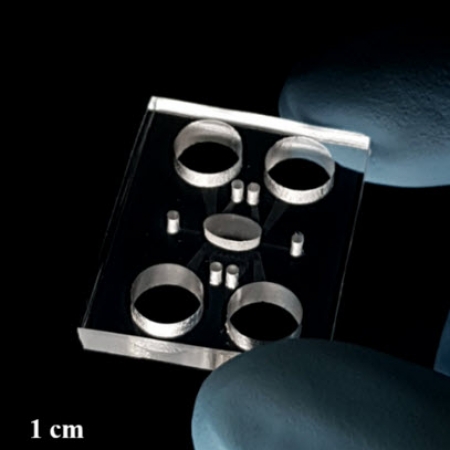
Novel laser-thermal mechanism realizes ultra-fast construction of PDMS devices
Prof. Seung Hwan Ko
Researchers at Seoul National University in South Korea reported the development of new laser-based polydimethylsiloxane (PDMS) processing mechanism that enables the mask-less direct fabrication of various PDMS structures.
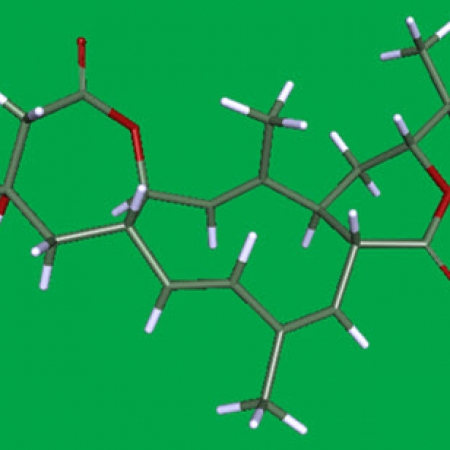
Rhizolutin, a novel 7/10/6‐tricyclic dilactone, dissociates misfolded protein aggregates and reduces apoptosis/inflammation associated with Alzheimer’s disease
Prof. Dong-Chan Oh
Rhizolutin ( 1 ) was discovered as a natural product of ginseng‐rhizospheric Streptomyces sp. WON17. Its structure featured an unprecedented 7/10/6‐tricyclic dilactone carbon skeleton composed of dimethylcyclodecatriene flanked by a 7‐membered and a 6‐membered lactone ring based on spectroscopic analysis. During an unb...

